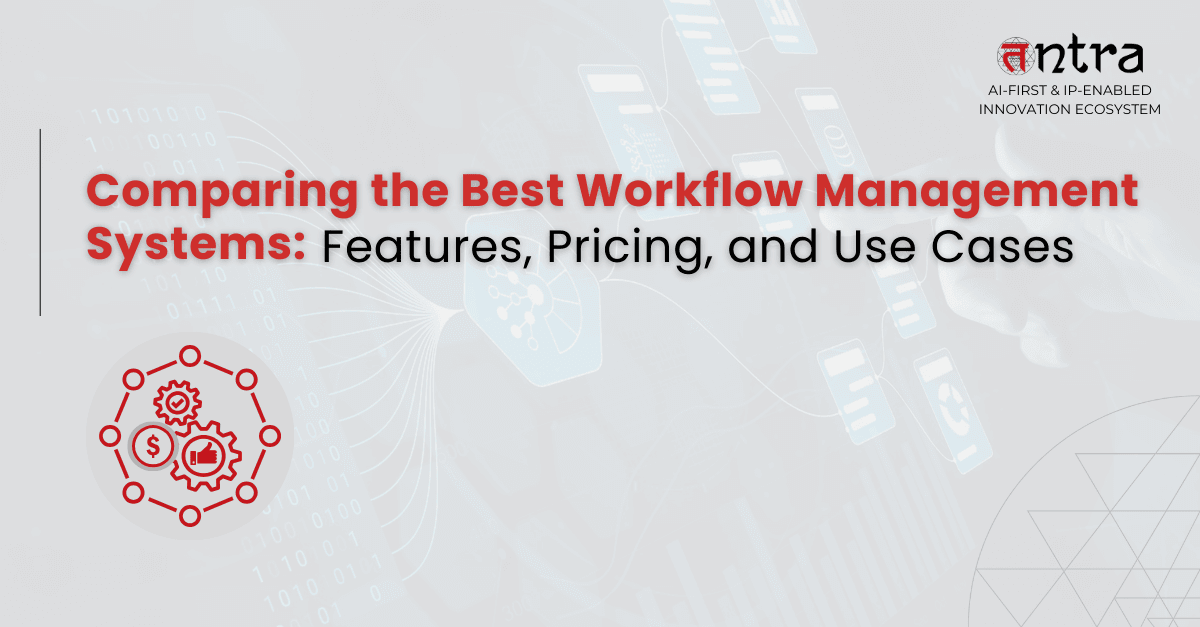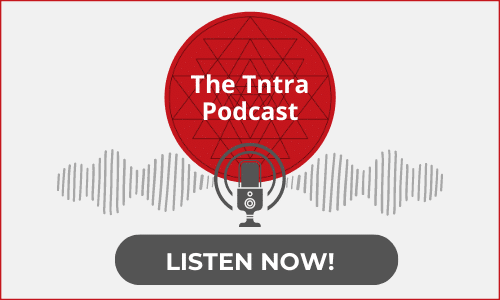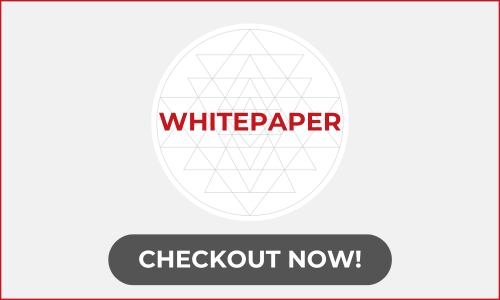
Curation Over Chaos: How T(u)LIP Turns Raw Ideas into Actionable Innovation
Table of Contents
ToggleWe live in a world that talks about “thinking outside the box,” we run endless brainstorming sessions, and we fill whiteboards with sticky notes.
And yet, for all that enthusiasm, most organizations admit a hard truth: only a small fraction of those ideas ever become something meaningful.
It’s not that people lack creativity. It’s that without structure, ideas scatter. They get lost in email threads, forgotten in notebooks, or buried under the “urgent” tasks of the week. The challenge isn’t generating ideas anymore. It’s turning that raw potential into focused, impactful outcomes.
That’s where idea curation comes in.
Why Curation is More Important Than Collection
Think of idea generation like collecting seashells on a beach. In the first half-hour, you find some interesting ones. After a while, your bucket is full, but most of them are broken, duplicated, or just not that special.
If you’re serious about making something beautiful, you can’t just keep adding more shells. You need to curate. You need to sift, select, and arrange.
In business, the same principle applies. Endless idea collection leads to clutter. Idea curation means:
- Identifying which ideas align with your strategy.
- Understanding which are feasible within your constraints.
- Prioritizing based on impact, urgency, and resources.
An innovation management system built around curation is what separates companies that talk about innovation from those that actually deliver it.
From Inspiration to Execution
The romantic vision of innovation often stops at the “aha!” moment. But in reality, the hard work begins after that spark.
Curation forces you to look beyond novelty and ask:
- Does this solve a real problem?
- Does it fit our capabilities and market needs?
- Can we execute it in a reasonable timeframe?
It’s about turning ideas into innovation, not just admiring creativity, but guiding it through a clear process that transforms raw ideas to actionable solutions.
The Hidden Cost of Uncurated Innovation
When organizations skip curation, the cost is more than wasted time. It’s:
- Resource drain – chasing too many ideas at once spreads teams thin.
- Opportunity loss – missing the truly transformative ideas because the noise drowns them out.
- Frustration – teams lose faith in innovation efforts when they see concepts constantly die in the middle.
Without curation, your innovation pipeline becomes like a clogged funnel, everything goes in, but little comes out.
Building an Innovation Management System Around Curation
An innovation management system should work like a living library, a place where ideas are captured, categorized, refined, and, when ready, acted upon.
At its core, it needs:
- Clear intake channels – so ideas don’t vanish in inboxes or chats.
- Evaluation criteria – so decisions aren’t just gut feel.
- Prioritization workflows – to focus resources where they matter most.
- Feedback loops – so contributors know why an idea moves forward or not.
This is how you maintain momentum without being overwhelmed by volume.
Lifelong Learning as the Fuel for Better Ideas
Ideas don’t emerge from a vacuum. They come from exposure, to new skills, new contexts, and new perspectives.
That’s why the most innovative organizations also invest in lifelong learning platforms. These platforms give employees constant access to:
- Industry trends
- Technical skills development
- Cross-functional knowledge
When you link a lifelong learning & innovation platform to your idea curation process, something powerful happens: ideas become richer, more informed, and more relevant.
The Role of Upskilling in Innovation
Curation can only work if the raw material, the ideas, are worth curating. That’s where lifelong learning and upskilling plays its part.
Upskilled employees can:
- Spot problems others might miss.
- Suggest solutions grounded in current technology and market realities.
- Collaborate across disciplines with shared language and understanding.
The more your people learn, the more likely their ideas will survive the curation filter.
Curation in the Future of Work
The shift to distributed teams, hybrid work, and rapid digital change has made innovation both easier and harder.
Easier, because global talent can contribute ideas from anywhere. Harder, because without a shared space and process, those ideas can fragment quickly.
That’s why forward-looking companies are embedding curation into their future-of-work solutions. It’s not just about capturing ideas digitally, it’s about creating shared visibility and alignment so the best ideas rise, regardless of where they come from.
Challenge-Based Learning and Curation
One particularly effective approach is combining curation with a challenge-based learning platform.
Instead of asking for “any ideas,” you set specific challenges tied to business goals, for example:
- “How can we reduce delivery times by 20%?”
- “What’s our most sustainable packaging alternative?”
Then, ideas are curated not in isolation, but against a real, urgent need. This tight focus:
- Improves idea quality.
- Speeds decision-making.
- Increases the chance of successful execution.
Bringing It All Together: A Culture of Selective Boldness
The best innovators aren’t just bold in thinking, they’re selective in action.
That’s what idea curation teaches:
- It’s okay to let go of ideas that don’t fit right now.
- It’s okay to pause an idea until the timing and resources align.
- It’s okay to have a small portfolio of high-impact projects instead of dozens of half-finished experiments.
With an innovation management system grounded in curation, your organization becomes more intentional. You stop measuring innovation by the number of ideas generated and start measuring by the value created.
Practical Steps to Start Curation Today
If you’re ready to shift from chaotic ideation to purposeful innovation:
- Audit your current idea flow – where do ideas come from, and where do they stall?
- Define selection criteria – agree on what “good” looks like for your business.
- Link to learning – make sure your people have the skills to generate strong ideas.
- Build feedback culture – even rejected ideas should get thoughtful responses.
- Commit to regular reviews – curation is not a one-time filter; it’s an ongoing process.
Why this Matters Now More Than Ever
In an unpredictable business environment, the companies that thrive are those that adapt fast and focus their innovation energy where it counts.
Idea curation is not about being cautious. It’s about being clear-eyed. It’s about recognizing that while creativity is abundant, time, resources, and attention are finite.
By combining lifelong learning, future-of-work solutions, and challenge-based learning platforms with a disciplined approach to curation, organizations can create a true lifelong learning & innovation platform, one that keeps generating, refining, and delivering ideas that matter.
Because in the end, innovation isn’t just about having ideas. It’s about making them count.
“Turn Ideas Into Impact With Tulip — See It in Action.”
Stop losing great ideas in endless brainstorming. With Tulip, you can curate, prioritize, and execute innovation at scale. Book Your Tulip Demo Now!





